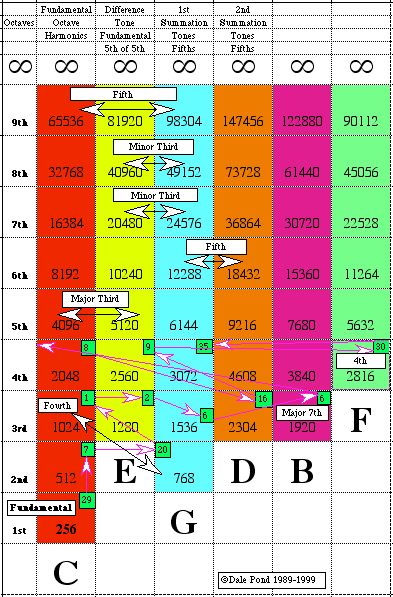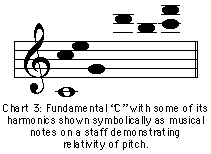| 1
http://www.svpvril.com
2 Keely and His
Discoveries
Clara Jessup Bloomfield-Moore
3 The Journal of
Sympathetic
Vibratory Physics
Volume V, Issue 3, page 8
4 Universal Laws
Never Before
Revealed: Keely's Secrets
5 Keely's Forty
Laws of Harmony
6 Sound &
Vibration magazine
Acoustical Publications, Inc.
27101 E. Oviatt Rd.
P.O. Box 40416
Bay Village, OH 44140
(216) 835-0101
7 Complete list of
these
intervals can be found in:
http://www.svpvril.com/musint.html
|



